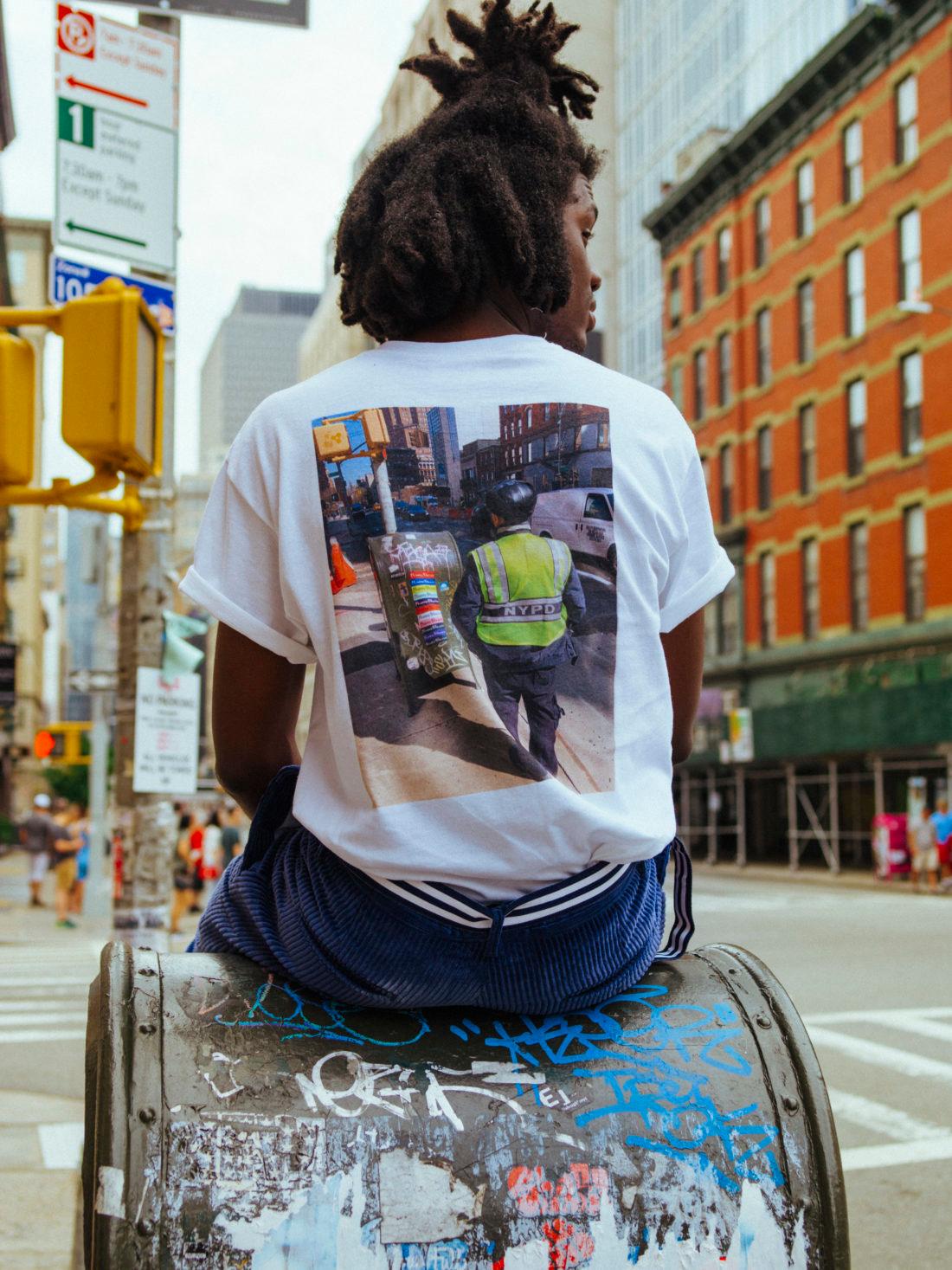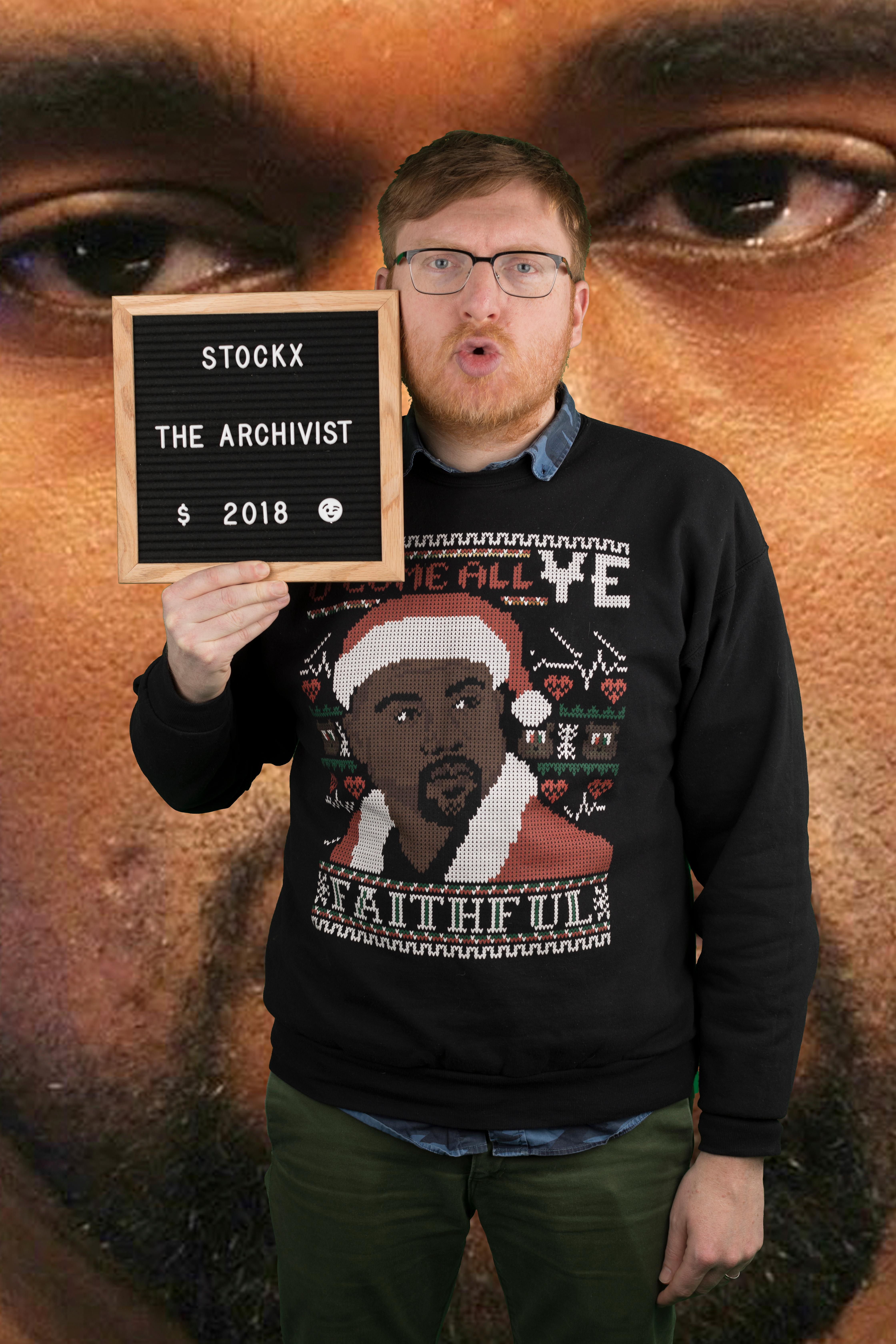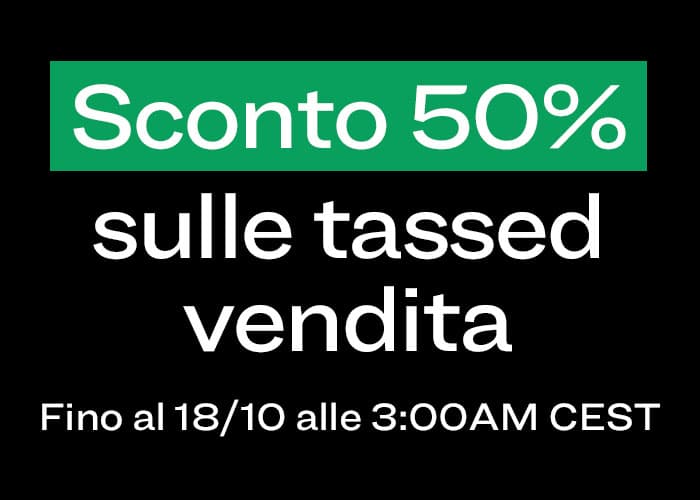
Rowing Blazers’ origin is the stuff of entrepreneurial fantasy: Ph.D. student and world-class rower writes a book about the history of rowing blazers that serves as the inspiration for his fashion brand. This type of story is more akin to the world of Frank Capra movies than our contemporary social media, influencer-saturated economy. For the past two years, Rowing Blazers founder Jack Carlson and his team have been creating unique clothing, collaborating with an idiosyncratic clutch of legacy and fashion-forward brands and designers, all the while highlighting the rebellious, and misunderstood, history of “preppy” style.
StockX recently talked with Carlson while he was preparing for the opening of their Brentwood Country Market pop-up in Los Angeles. Among the various topics discussed, Carlson dilated on the history of Rowing Blazers (the book and the brand), his academic pursuits, and how running his brand feels very rock and roll. Check out the interview below to learn more about one of the unique American brands in the current fashion landscape.
The following interview has been lightly edited for length and clarity.
All photos courtesy of Rowing Blazers.
StockX: Jack, it’s great to be able to talk to you. Would you mind walking us through the creation of Rowing Blazers?
Jack Carlson: The genesis of Rowing Blazers comes from my background in the sport of rowing. I started rowing when I was about 11 years old. In the spring, in Cambridge, Massachusetts, the cool thing that all the kids did was row. When I was in high school, I went to a race in England called the Henley Royal Regatta. It’s kind of like the Wimbledon of rowing; it’s very prestigious. It’s very historical, and the level of competition is very high and one of the traditions there is rowers always wear a blazer when they’re not competing.
Some of these blazers had crazy colors; some of them had badges on the pockets; some of them were torn up or had the sleeve ripped off, and people were walking around wearing them like that. The whole thing really captivated me. So I started chatting with other rowers from the Netherlands, or Australia, or Argentina, or whatever and hearing all these incredible stories about their blazers. At the time I was like, these are kind of interesting, and someone should write a book about this.
Nine years later, I’m in grad school in England studying archeology. I had kept going in the sport, I had been on the [US] national team a couple of times, and I had friends all over the world in the sport of rowing. I still thought the book was a good idea, and I realized I was now the person to write it. So I embarked on this passion project creating this book. I traveled all over the world interviewing, and photographing all these rowers who were wearing their jackets. And I thought it was kind of like a niche thing; I thought it would only be of interest in the rowing community.
So how do you go from book to brand?
When the book came out, it resonated a lot in the men’s wear and fashion worlds. I ended up having parties for the book at Ralph Lauren in London and New York, and in Boston. The book resonated with segments of the fashion community, and that was my first entree into the fashion world and the industry. All of this planted the seed of taking the research for the book and creating a real brand.
And it all started with the blazer. Everyone has a blazer, but most people don’t realize it comes from the sport of rowing. Even the word “blazer” comes from the sport of rowing. The original blazer was a casual, warm-up jacket, almost like the hoodie of its time. So I wanted to start a brand that was authentic and was doing things the proper way. So those were kind of the two ideas behind the brand: being very authentic in everything we do, and having some meaning and utility to everything we produce. I wanted the brand to be anything but stuffy.

How does your doctoral work in archaeology fit into the development of the brand?
I studied two different things: Roman archaeology and ancient China. What I focused on and was interested in was the trappings of power, the visual symbols of power and status. I guess that’s kind of the type of things I’ve always been interested in: how people use images, symbols, clothes, whatever it might be, to say something about their place in the world.
So how did you move from academia to the fashion industry?
It was not a super linear path. I finished my dissertation, and I had just written this [Rowing Blazers] book. I wasn’t thinking that I was going to go into fashion. So I started teaching and coaching rowing at a high school. During spring break, I went down to New York, and I just started meeting with a bunch of people about this idea of turning the book into a brand.
One of the people I met with was David Rosenzweig, who’s my business partner now. He started menswear at Perry Ellis back in the ’80s. A few weeks after meeting with David, I got a call from the US national rowing team’s coach. By this time I had basically retired from the sport, but the coach called me and asked me if I would consider coming back onto the team. And I was like, “look, I’m way out of shape.” He told me he wanted me back if I could get into fighting weight by the end of the summer. I ended up back on the team for almost two years, and I had to tell David that the brand was going to be part-time for a little longer. We formally, officially launched in May of 2017.
Any memorable moments that stand out between “part-time” and the brand’s official launch?
All sorts of things happened along the way. We got invited to Pitti Uomo [the premier biannual menswear event] in Florence, Italy in January of 2017, five months before we launched. They had a section for brands that were made in America, and they couldn’t find enough brands. Someone had heard about us, and they gave us a comped space. This opportunity led to us being discovered by Poggy from United Arrows, and Popeye magazine and getting us going in Japan that March. It was great; we started getting this huge following in Japan three months before we launched. There were all sorts of crazy little things that happened along the way to launching, and some lucky breaks, too.

What was your initial plan for launching Rowing Blazers?
Before we officially launched, when I would meet with people in the industry and tell them what the idea was, 90% of the people would say, “oh, that’s cool, but that’s a bad idea.” They would say fashion is much more streetwear now, or that the preppy kind of vibe is over. I would try to explain that preppy, the “P” word, means different things to different people. The ideas and goals of the brand have always been to be really authentic, and have real meaning behind every product we make. That’s what I’ve tried to instill into everything we do.
You do a lot of great collaborations. Would you tell me how you approach collaborating?
There’s a couple of goals that we have when we’re creating our products and how we approach collaborations. The first goal is always to do it authentically. And another goal is to make sure we’re putting some spin on whatever it is we’re doing to make it fun. We’re constructing and dealing with rugby shirts, and polo shirts, and khaki pants that could have stuffy or elitist connotations. This wasn’t necessarily a goal when we started, but we’re putting a spin on those products to make sure that they are not stuffy and not elitist.
That’s how we approach collaborations: authentic and fun. We collaborated with this bar in Paris called Harry’s New York Bar. It’s like the oldest cocktail bar in Europe and has a whole crazy history. I love their logo. It’s two barflies dancing, literal flies. They have a secret little club called the “International Bar Flies” that’s basically just the regular drinkers at Harry’s. I love that graphic, but I wasn’t going to rip that graphic and do some slightly altered version. Instead, we wanted to do an actual collaboration with Harry’s Bar, with all of our creative and social media and whatnot. We wanted to make sure we talked about the history of the bar and made great products, too.
Your product images and pages are always fascinating and packed with little details. How do you design the product images?
When we first started, I never imagined that we would have a brick and mortar store [Rowing Blazers Clubhouse, 161 Grand Street]. When we first started, I wanted to take some of the things that are cool about going into a real store and translate or communicate that through our website. So one big way we communicate that brick and mortar feeling is to style our products with other stuff that’s not for sale or with vintage stuff or, even better than that, style our stuff with other products that are for sale, but that is not necessarily from our brand. That’s how you communicate what the brand is all about, especially when you’re just starting.
So when we started, I had this idea to shoot product with some of the vintage books that were in our office, and some of the knickknacks we had on our desks. What else is better at communicating what we’re all about then the crap on our desks, or the stuff hanging on our wall, or the stuff on our bookshelves? That’s how that started and people—a lot of people—thought that it was a terrible idea. We just did it anyway, and it’s become an essential part of the brand.
How do you decide with whom you’re going to collaborate?
We’ve been in a pretty fortunate position where a lot of cool brands reach out to us about collaborating. We’ve done a lot, but what everyone doesn’t see is that we say no to way more potential collaborations than we what we actually do. The way I think about any possible collaboration is that it first has to make sense. It can’t be something that you’re forcing. It has to align with our brand.
We collaborated with J.Press, a super old-school, American brand. We also collaborated with the streetwear brand Noah. We collaborated with Eric Emanuel before he did his whole thing with adidas. We’ve also done things with J.Crew, a very limited edition collaboration with them, which is a lot more mass-market. We did a collection with Sperry Top-Sider, and a few others in the pipeline now, some are more streetwear, some are more “preppy” or a little more traditional. We’re still very young, so anytime we do something we have to be very conscientious about how it’s going to add another layer to our story. That’s why I like doing these varied and, and in some ways, unexpected collaborations.

Speaking of unexpected, how did your collaboration with Harry’s Bar in Paris happen?
That one came from us. Harry’s bar was a place I always used to go to in Paris. It’s a little bit of a fashion scene, but it has this whole, rich history. It’s very tongue in cheek; it’s very irreverent with its barflies logo; it was just perfect. And I wanted to do something in Paris because we were going to be doing our first week at Paris men’s [fashion] week. And so that was one collaboration that came from me.
What’s the process of moving from concept to finished product for these collaborations?
We’re still very much a startup and a lot of these projects happen in a pretty rock and roll kind of way. We wing it to a large extent; we go off of our intuition and our instincts, and we do sort of like what we feel is going to be right. And I think that’s been a major feather in our cap that’s kept us very authentic. If you start doing these crazy overproduced big photoshoots with like big-time models and some high-end fashion photographer, it would just lose some of the spirit of the brand and collaboration.
If you could create a collab with any historical figure in any epoch, what would you do?
Interesting. I mean it’s so funny, I’m a fairly serious archeologist with a doctorate and so on, but my mind just instantly goes to my favorite TV show, “Mad Men.” I also love the pop culture of the ’80s; I love the music; I love the genesis hip-hop in the ’80s, I just love it. It’s [the 1980s] similar enough to the time we’re living in now, but without a lot of the things that I hate and that I find so annoying, like email for instance, or the fact that everyone is reachable all the time.
How do you define “Prep”?
I get asked that all the time and I don’t think there’s any right answer. So I think the better way to think about it is what do I like or what do I kind of pick up from the world of prep versus what I am trying to not to pick up from that world. When you look back at the eras that preppy or Ivy style, or however you want to call it, was originally popular it was in the ’50s or ’80s. A big part of that [preppy] style was being rebellious and being very youthful, and very tongue in cheek, and very subversive. The people who started wearing topsiders with khakis and a navy blue blazer originally weren’t doing it to fit in with everybody else. That was a very rebellious kind of way of dressing when you know you’re supposed to wear dress shoes and a suit. Also, prep has crazy colors that are very rebellious, very youthful, and very fun. The rebelliousness, the youthfulness, and the sense of fun are what I try to infuse into our clothes.
On the flip side, what do I want to avoid? I want to avoid any of these images that show prep style as very stuffy, and very elitist. That’s not what we’re about. You see that Ralph [Lauren] has done it, Hackett has done it, Brooks Brothers have done it; all these different brands have done this kind of corny shot of like a bunch of white guys wearing suits in a rowing boat. And it’s like, oh man, that’s just so corny.
Five years from now, where do you see Rowing Blazers?
I’m really proud of everything that we’re doing right now. I don’t want to lose that sort of like rock and roll, startup, winging-it spirit, but the other side of that coin is that things are manic all the time. I take my phone into the shower with me to answer email, it’s just ridiculous. I’m really proud of what we’re doing now, and I hope it gets a little smoother as we grow. Everything we’re doing is incredible, and I think everything looks like a brand that’s been around for more than two years. But if you pull back the curtain, it’s craziness. So hopefully we get a handle on how crazy it can be, but without losing the spirit of the thing as we grow. That’s not exactly answering your question, but that’s my first reaction.





